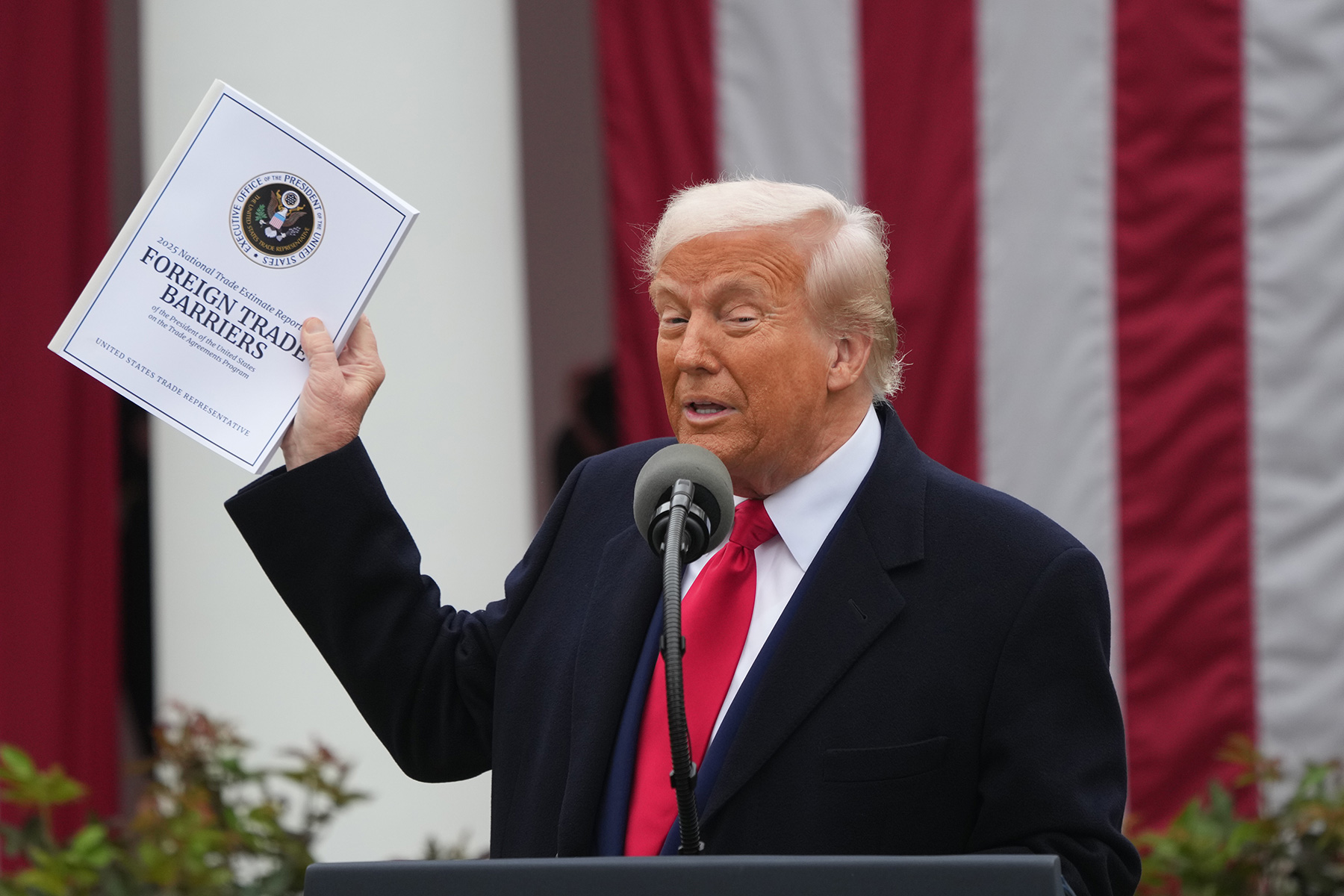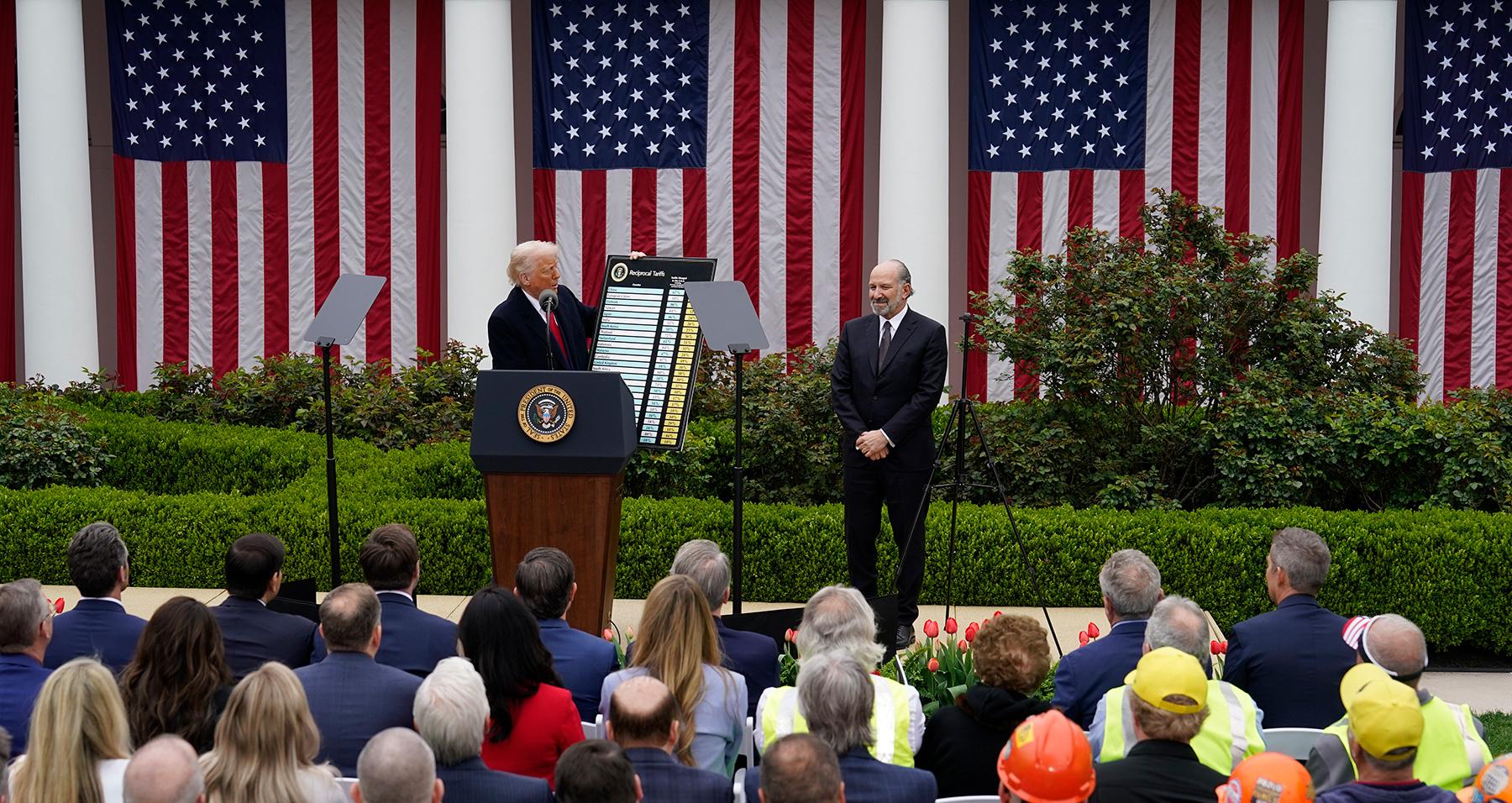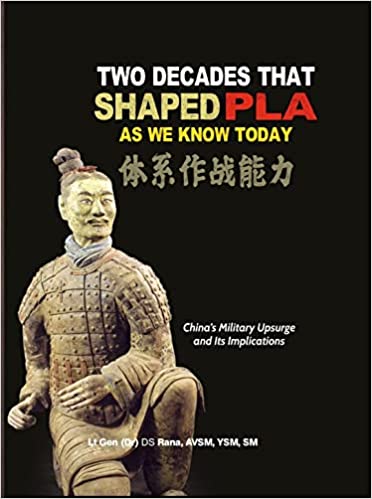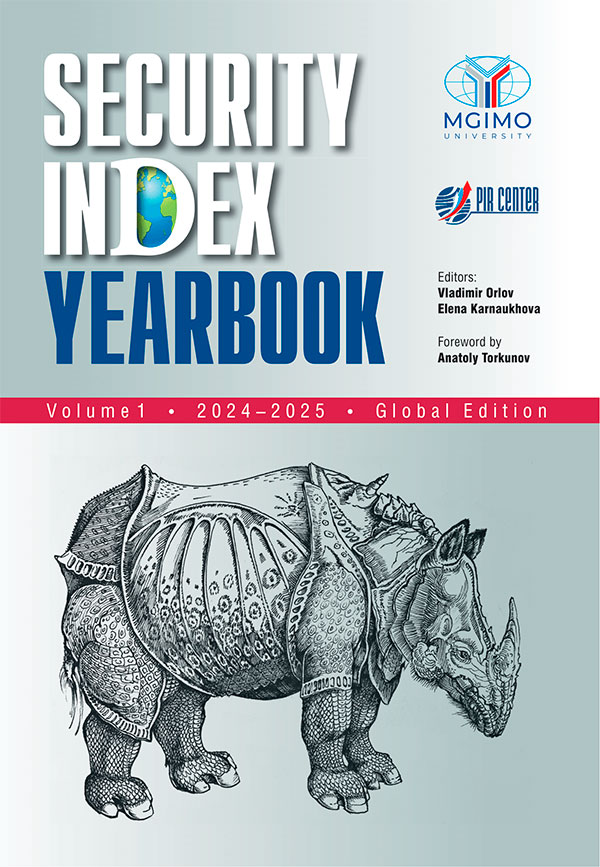On April 2, 2025, U.S. President Donald Trump unveiled an early 20th-century type of economic policy, increasing tariffs on countries unseen since the Great Depression of 1929. From a baseline of 10 percent to a maximum of 46 percent, tariffs are now imposed on state allies and adversaries alike. China is a manufacturing powerhouse, the second largest economy in nominal terms and the largest in terms of PPP, as well as the largest trading partner of around 150 countries. Since the trade war began, U.S. tariffs on China have increased to 70 percent.
The U.S. adoption of an early 20th-century approach to international economics and geoeconomics—characterized by the implementation of protectionist measures rather than free trade—stands as the most prominent symbolic sign of the nation’s retreat from global economic leadership. This decline in U.S. leadership is not merely a consequence of trade disputes or tariffs but reflects a profound ideological shift within U.S. society. As Wang observed in the mid-1990s, when the country grappled with increasing political polarization, rising social unrest, and economic inequality, a growing distrust towards international cooperation emerged. For many U.S. citizens, global economic leadership no longer aligns with the nation’s domestic priorities. Consequently, the emphasis shifted from fostering global cooperation to securing jobs and industries domestically, often at the cost of longstanding alliances and multilateral institutions.
How can the disorders in the current international system be managed? The relative decline of the U.S. and new global policy changes have enabled countries like China, India, and Russia to emerge as global leaders in addressing these disorders. These great powers can potentially reshape the future world order by promoting inclusivity, stability, and order in the current U.S.-dominated, unstable, and disorderly world order. China’s economic strength and diplomatic reach make it a significant global trade and investment player. India’s growing economic influence and democratic values could contribute to a more inclusive global governance system. Russia's huge landmass provides a natural influence to ensure European security and safety.
The future world order is not to be dominated by a single power but rather by strategic partnerships that reflect the evolving global landscape. As the United States retreats, the international community must adapt and find new ways to cooperate and address the rapidly changing world. The rise of China, India, and Russia presents an opportunity for a more diverse and multipolar world order, as the U.S. retreat may give rise to unreasonable geoeconomic policies in which new powers will have the opportunity to prove their status in the international arena.
There is a quote, often attributed to Lenin [1], describing geopolitical tensions of the international system, sentiments that remain true today: “There are decades where nothing happens, and there are weeks where decades happen.” Henry Kissinger's secret visit to China in the early 1970s was such a week when the seeds of the new world order were established, followed by China’s opening up to the world and massive economic, military and societal changes that occurred outside the memory of human beings. This change was famously observed by Chinese President Xi Jinping when he said, “Our world is undergoing profound changes unseen in a century.”
On April 2, 2025, U.S. President Donald Trump unveiled an early 20th-century type of economic policy, increasing tariffs on countries unseen since the Great Depression of 1929. From a baseline of 10 percent to a maximum of 46 percent, tariffs are now imposed on state allies and adversaries alike. China is a manufacturing powerhouse, the second largest economy in nominal terms and the largest in terms of PPP, as well as the largest trading partner of around 150 countries. Since the trade war began, U.S. tariffs on China have increased to 70 percent.
After World War II, the U.S. established an economic order by investing in democracy, open trade, foreign direct investment, a market economy, and free trade agreements (FTAs). The Cold War was an ideological and economic struggle between the capitalist U.S. and the communist Soviet Union. The U.S. used global economic institutions such as the IMF, WB, and GATT (later WTO) to disseminate its ideas and policies globally. The U.S.-led new economic order produced enormous economic output, societal change but also new concerns. China’s remarkable rise was the product of the post-war economic order. China, South Korea, Japan, Singapore, other Asian tigers, and India have developed, leaving their “poor country” status behind to become great major powers within the international system. The U.S. also achieved tremendous economic growth, establishing a technological monopoly until China recently started challenging it.
However, even with such advancements, many U.S. citizens feel left behind by the post-war economic boom and massive societal changes. This is because U.S. wages remained stagnant since the 1960s, while inflation has increased exponentially. Consequently, the U.S. has become home to a growingly unequal society, as a disproportionate share of the wealth is controlled by billionaires. The rise of Trump can be attributed to the growing number of disenfranchised and forgotten U.S. citizens, whose wages have remained stagnant since the 1960s. Additionally, illegal immigrants have threatened job security, and education has become increasingly costly, preventing many average U.S. citizens from attending colleges and universities. Trump always enjoyed massive support from this, notably white, population, which also makes up the bottom 50 percent of the U.S. population, with annual incomes being half of the U.S. average.
These societal changes were observed a long time ago by Wang Huning, a prominent Chinese political scientist and member of the Politburo Standing Committee, in his book America Against America. Wang argues that the United States, despite its democratic ideals, is deeply divided by racial inequality, political polarization, and social injustice. These internal contradictions contribute to its decline on the world stage. Wang predicts that the hegemonic position of the U.S. will erode as it struggles to manage global affairs effectively.
The U.S. retreat began with President Obama’s “Pivot to Asia” strategy in 2011. This geopolitical initiative aimed to reassert U.S. influence in the Asia-Pacific region, which started to be seen as the engine of global economic growth. Washington shifted its strategic focus, now set at counterbalancing China’s growing influence through its National Security Strategy (2017) and National Defense Strategy (2018), followed by other official documents from 2017 to 2024, ensuring its continued leadership in the global order. The pivot encompassed military and economic aspects, emphasizing the significance of trade partnerships and alliances in the region. The trade war and concern in China over the U.S. establishment created global turmoil. Tariffs on allies and adversaries have contributed to U.S. distrust among even alliances and partners, in addition to non-NATO treaty countries in Asia.
The U.S. adoption of an early 20th-century approach to international economics and geoeconomics—characterized by the implementation of protectionist measures rather than free trade—stands as the most prominent symbolic sign of the nation’s retreat from global economic leadership. This decline in U.S. leadership is not merely a consequence of trade disputes or tariffs but reflects a profound ideological shift within U.S. society. As Wang observed in the mid-1990s, when the country grappled with increasing political polarization, rising social unrest, and economic inequality, a growing distrust towards international cooperation emerged. For many U.S. citizens, global economic leadership no longer aligns with the nation’s domestic priorities. Consequently, the emphasis shifted from fostering global cooperation to securing jobs and industries domestically, often at the cost of longstanding alliances and multilateral institutions.
How can the disorders in the current international system be managed? The relative decline of the U.S. and new global policy changes have enabled countries like China, India, and Russia to emerge as global leaders in addressing these disorders. These great powers can potentially reshape the future world order by promoting inclusivity, stability, and order in the current U.S.-dominated, unstable, and disorderly world order. China’s economic strength and diplomatic reach make it a significant global trade and investment player. India’s growing economic influence and democratic values could contribute to a more inclusive global governance system. Russia's huge landmass provides a natural influence to ensure European security and safety.
The future world order is not to be dominated by a single power but rather by strategic partnerships that reflect the evolving global landscape. As the United States retreats, the international community must adapt and find new ways to cooperate and address the rapidly changing world. The rise of China, India, and Russia presents an opportunity for a more diverse and multipolar world order, as the U.S. retreat may give rise to unreasonable geoeconomic policies in which new powers will have the opportunity to prove their status in the international arena.
1. Incorrect Attribution — editorial note.






